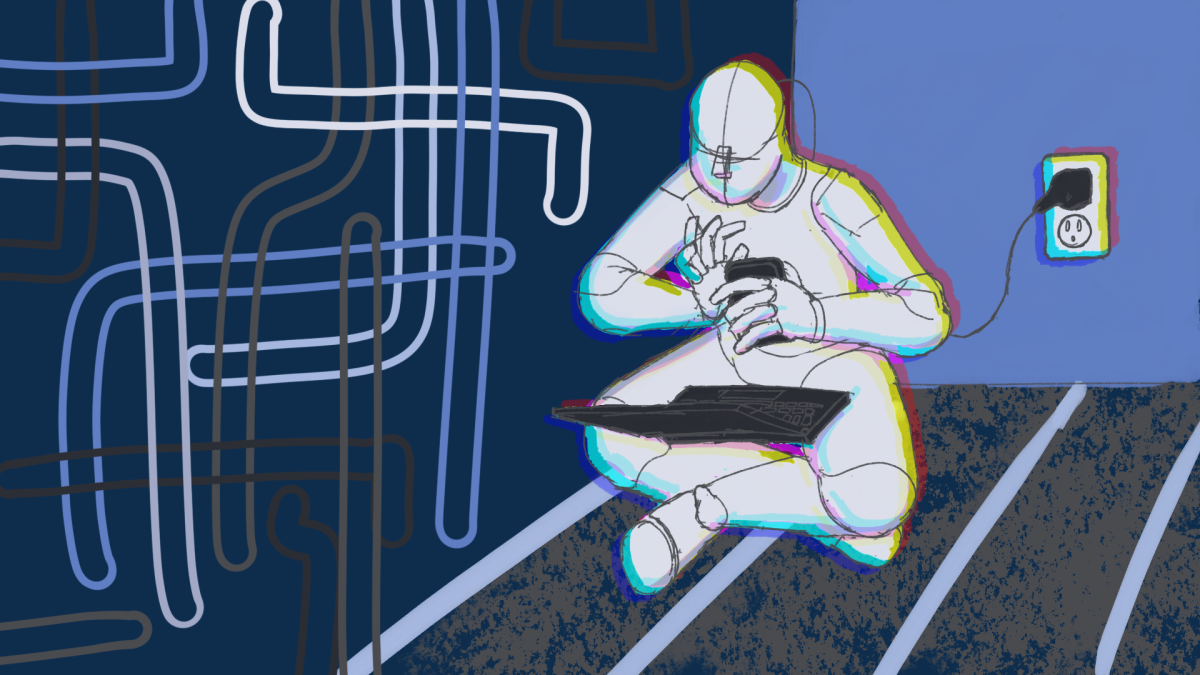Unless you’ve been absent from the realm of social media this summer, you have likely noticed the influx of videos consisting of people getting a bucket of ice water dumped on their heads ostensibly in the name of charity. This online trend, known as the Ice Bucket Challenge, thrives under the banner of raising funds for a degenerative disease called Amyotrophic Lateral Sclerosis, referred to as ALS or Lou Gehrig’s disease.
In the wake of this social media movement, backlash has come from a multitude of philanthropic skeptics who view the challenge as an act of narcissism disguised as altruism, pointing out that a great number of the video makers remain ignorant of how the disease affects the body, or even what the acronym ALS stands for. Many fail to mention the cause in their video, opting instead simply to film the cold pour, and challenge others to do likewise. It’s convenient: The subject of the video receives high opinions from others in the social realm, offering little to no benefit to charity.
However, Tom Watson, a writer of all things social entrepreneurship, wrote in Forbes, “Narcissism is part of public philanthropy.” Further, he argues that an “enlightened self-interest” doesn’t negate the value of the money that it raises. Even if the people making these videos may not care or know anything about ALS, the fact remains that as of Tuesday morning, donations to the ALS Association reached $22.9 million.
This disagreement between the skeptics and supporters leads to a key question that gets to the bottom of this cold debate: Are a person’s motivations for donating to a cause as important as the donation itself?
The answer seems to be no. After all, the resources raised for ALS will fund research, regardless of whether the donations came from people who care or are knowledgeable about the issue. Currency is spendable regardless of its origins.
The fault in this method of interpreting these issues is that it is far too shortsighted in its comprehension of not only ALS, but also other health and social matters our society faces. Past instances reveal these diseases and social concerns continue existing long after their social media campaigns end.
A paradigm exists where injustices and social concerns are only as important as they are trendy. This is why divorcing an action, in this case a donation from the sentiment from which it proceeds, is not only ethically questionable, but socially unsustainable and lacking in pragmatism.
To contextualize how this question concretely affects the search for the ALS cure and the bucket challenge’s short-term view, consider the sources of funding ALS research has received during the past couple of years.
The National Institutes of Health, the gold standard for medical research funding, and the largest funder of ALS, granted $44 million to ALS research in 2012. That number has since been cut, dropping 11 percent to $39 million in 2013, with similar predictions for the years ahead.
Larry Blanton, the director of graduate programs in plant biology at NC State, and a former research scientist at the Imperial Cancer Research Fund in London, said that the average grant awarded from the NIH is now $441,404, which is the lowest it’s been since 1999. This is no surprise as the NIH has continued to see cuts since the sequestration, which lowered federal appropriations for NIH research grants by more than five percent, or $1.55 billion below the last fiscal year.
So, though $22.9 million to the ALS association is undeniably encouraging, it is only a drop in the bucket of what is going to be a lengthy research process. Who will continue to fund ALS research after the heat over the bucket challenge has cooled down?
Consider the impact if the millions of these video makers each wrote their federal representative, demanding more funding for medical research and the NIH. That type of collective voice cannot be ignored and holds the potential to fund research for ALS and, in turn, its cure, sustainably.
If people are walking away with only a wet t-shirt and $10, or even $100, out of their pockets, there has been no change to the lenses through which we view and connect with these issues. We seem to prefer to interact on a surface level with the trendy shadows of an issue, rather than truly engage with the issue itself. As long as this pattern exists, people will only continue to dull this culture’s conscious and become even more bankrupt of the ability to practice true empathy and take action.





